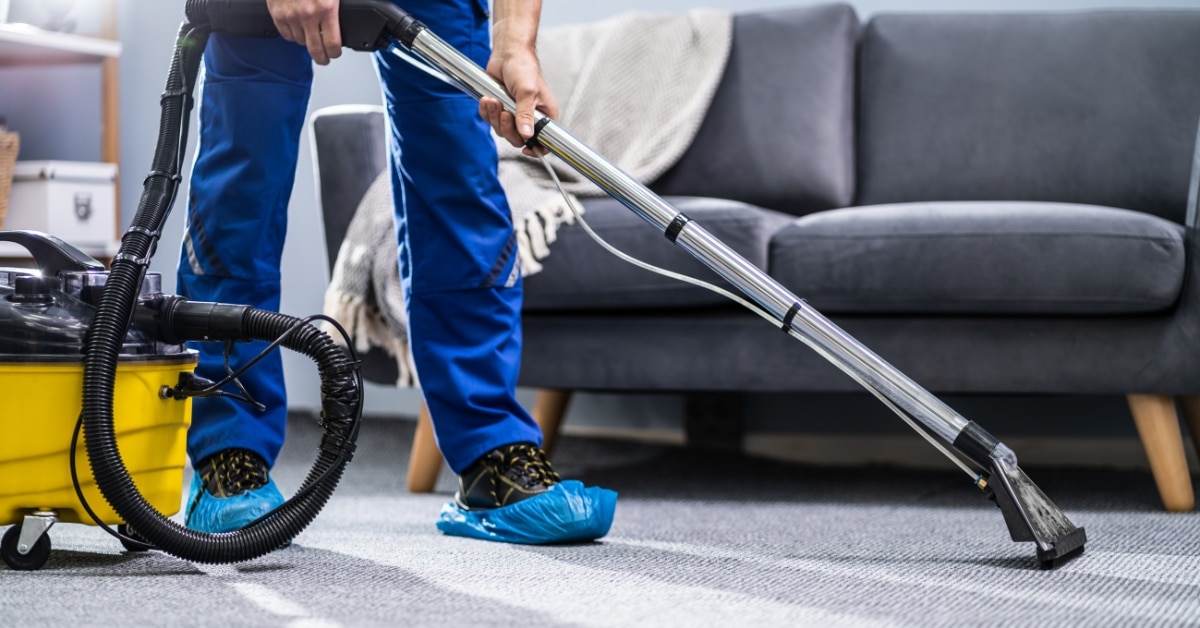What Is Up With the Presence of Poisonous Lead That Is Harming Children?

According to the World Health Organization, over 1 million people die yearly due to lead poisoning, and children make up a significant portion of this figure. UNICEF reports that 1 in 3 children have blood lead levels of 5 µg/dl and above, which warrant immediate intervention.
A lot of people have raised concerns about these dangers, but as the years pass by, there seems to be little change happening in the industries and corporations that have the power to do something.
How Are Toxins Such as Lead Harming Children?
While Lead poisoning is a serious health concern that affects people of all ages, children are particularly vulnerable to its harmful effects. Lead is a toxic heavy metal that can cause a range of health problems, including developmental and behavioral issues, decreased IQ, and damage to the nervous system.
Children are more susceptible to lead poisoning because their bodies are still developing, and their ability to process and eliminate lead is not mature enough. Lead can enter a child’s body through a variety of sources, including lead-based paint, contaminated soil, drinking water, and food.
The effects of lead poisoning on children can be devastating and long-lasting. Lead can cause developmental and behavioral problems, such as decreased IQ, attention deficit hyperactivity disorder (ADHD), and behavioral problems.
Lead can also harm the nervous system, causing symptoms such as headache, fatigue, irritability, and sleep disturbances. Children exposed to lead may also be at increased risk for other health problems later in life.
This blatant disregard for the safety of children by industries that have the power to change things isn’t something new.
Just recently, we saw how indifference by baby formula brands like Similac, Enfamil, and others has led to the Toxic Baby Formula NEC Lawsuit. This is an ongoing legal situation where several infants developed the often fatal condition of Necrotizing Enterocolitis as a result of being fed baby formula.
So far, a number of mothers and families have filed cases against the manufacturers, and it has highlighted the carelessness that big industries show towards health and safety. NEC affects the intestines of infants, causing the tissue to necrotize and die. Medical intervention for this is expensive, difficult, and traumatic for the entire family.
To combat this disregard for the safety of children, a lot of people are starting to raise awareness of the different dangers that children are susceptible to, with lead being a significant one.
Where Are the Toxins Coming From?
If toxins like lead are so dangerous, how are they still allowed? Well, despite the many health hazards it poses, it is still widely used because it is a cheap and durable material that has desirable properties for certain uses, such as in batteries, shields against radiation and X-rays, and as a component in some pigments, alloys, and electronics.
Lead has not been completely banned due to practical and economic reasons, as well as the challenges of finding suitable alternatives for all uses. Here are some areas that lead manages to reach humans and cause harm.
Lead in Water
The presence of lead in water is a very common issue and can occur due to the presence of lead in pipes, fittings, and solders in plumbing systems. This is especially true in older homes and buildings.
Lead can leach into the water from these sources, especially when the water is highly corrosive. The amount of lead in drinking water can vary depending on several factors, such as the age of the plumbing system, water quality, and water usage patterns.
If you suspect that lead is present in your water, you first want to test it to be sure. Consider investing in a lead-free plumbing system and installing a water filtration system that relies on reverse osmosis or uses activated carbon filters that removes lead and other contaminants.
Another simple but practical method is to run your taps for several minutes before using them. This flushes away any lead that may have accumulated in the plumbing.
Lead in Soil
This is one of the most depressing sources of lead because of how difficult it is to fix. The lead found here is a result of pollutants from factories, animal farms, and exhaust from vehicles that find their way into water bodies that are used for irrigation.
The presence of lead in soil can pose a risk to food security, as plants can absorb lead from contaminated soil and transfer it into the food chain. This can lead to increased exposure to lead, especially in communities that rely on subsistence agriculture.
Lead in soil can also pose a risk to groundwater, as contaminated soil can leach into the groundwater and contaminate drinking water supplies.
The risks of having toxins in food as a result of pollution like this have even been recognized by senators who have called for new regulations to combat the dangers of heavy metals in food.
Lead in Toys
Lead and other harmful chemicals are often used in toys to make plastic soft, flame-retardant, and flexible. The use of Lead for such purposes was banned in 1978 under the Consumer Product Safety Improvement Act (CSPIA), but the majority of toys now are made outside the U.S. and still pose health risks.
It’s not just toys. Even items like key chains, charms, and some forms of jewelry contain dangerous levels of lead. Children often place such items into their mouths or suck on their fingers after handling such items. This seriously exposes them to the risks of lead poisoning.
Lead in Paint
Lead-based paint has been used extensively in homes and buildings throughout the world and was once considered a wonder material due to its durability and versatility. However, over time, the dangers of lead-based paint have become apparent, and it is now recognized as a major source of lead poisoning in children and adults.
Lead-based paint can be found in older homes and buildings built before 1978, when its use was banned in the US. When lead paint chips or dust is ingested or inhaled, it can lead to lead poisoning, which can cause damage to the brain, nervous system, and other organs.
Lead paint can pose a hazard in older homes during renovation or remodeling work as the paint may release lead dust into the air, which can then be inhaled.
What Can Be Done?
Lead is a toxic heavy metal that can pose serious health risks, especially to children and pregnant women. Despite being banned from household paint in the United States in 1978, lead continues to be a major public health issue, as it remains in many older homes, buildings, and infrastructure.
One of the primary ways to address the dangers of lead is through education and awareness. This includes educating the public about the sources of lead exposure, the symptoms of lead poisoning, and the importance of testing for lead in homes, especially in older buildings.
The next best way to address the dangers of lead is to reduce or eliminate sources of exposure. This includes removing lead-based paint from homes, replacing lead pipes in water systems, and ensuring that consumer products, such as toys and jewelry, do not contain lead.
It goes without saying that governments need to play a more active role in implementing regulations and finding better alternatives.







